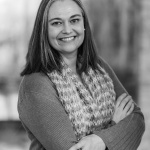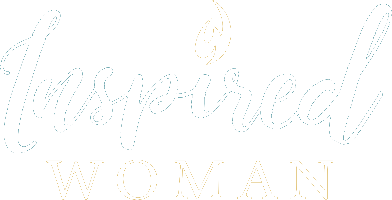By Beth Anderson
While driving across the prairies of North Dakota one winter day, I found myself listening to the voice of forest ecologist Suzanne Simard talking about trees on the “Ted Radio Hour.” Maybe it was the alluring idea of lush green forests in contrast to the barren white landscape whisking past, but I found myself drawn in. Simard and her team had discovered that trees do not simply exist side by side, independently striving to secure the nutrients and sunlight they each need for their own growth, but rather, hidden beneath the forest floor lies a complex system of roots, microbes, and fungi—an information superhighway hundreds of miles long—that allows trees to communicate even across various species. What these trees were saying to one another was fascinating. They were not competing, but collaborating!
The trees were actually reaching out to each other, some sending signals of what they needed, others responding! Stronger trees were sending nutrients to weaker trees, even from one variety to another, and in the sharing and the receiving, the entire stand became stronger and healthier.
This story led me to reflect on our human communities. The bonds that connect us to one another really are most beautiful and sacred.
Human beings are built for connectedness. Of all the animals in the kingdom, humans have the biggest brains relative to size. Why? According to anthropologist Robin Dunbar, the strongest predictor of a species’ brain size is the size of its social group. So get busy and schedule that girls’ night out! It really will be good for your brain.
In his book “Social,” Matthew Lieberman reveals that the brain responds to social pain and physical pain in similar ways. When feeling rejected, the part of the brain that processes physical pain lights up with activity. An unkind word or feeling excluded really can send us reeling. Even for the most introverted, too much time alone creates a physical longing for human interaction. (Who remembers Wilson from the movie “Castaway”?) Healthy social interactions, on the other hand, stimulate the brain in positive ways. In fact, connecting with other people can be as good for your health as quitting smoking. And acts of altruism create the most positive benefits. We are happiest when we are helping others.
My favorite Biblical image is the Body of Christ in 1 Corinthians 12, which conveys the essence of community—all are needed, all have a part to play. The eye cannot say to the hand, “I have no need of you.” (verse 21) Nor should the ear wish that it were an eye, for if all were eyes, how would the body hear? Rather, the body is not whole unless all parts are present and all parts are sharing their gifts. When one part suffers, the whole body suffers, and when one part rejoices, the whole body rejoices.
Just like the trees in Simard’s fascinating forests, individually and collectively, our communities are strongest and healthiest when we reach out to one another.
 Beth Anderson is a deacon in the ELCA (Evangelical Lutheran Church in America). The joys in her life include her husband Dallas and their two beautiful girls. Beth loves cooking and getting lost in a good novel.
Beth Anderson is a deacon in the ELCA (Evangelical Lutheran Church in America). The joys in her life include her husband Dallas and their two beautiful girls. Beth loves cooking and getting lost in a good novel.
